Question More, Action Knowledge.
Remember, at QMAK, we don’t just teach; we empower. We don’t just inform; we inspire. We don’t just question; we act. Become a Gold Member, and let’s unlock your child’s full potential, one question at a time.
![]()
Have you ever noticed how some days you feel super energetic in the morning, then tired after lunch, only to get a second wind later in the day?
These natural ups and downs aren’t random – they’re part of energy cycles, patterns that exist not just in our bodies, but in nature, technology, business, and society at large.
Think of it like waves at the beach – they come and go in predictable patterns, just as energy rises and falls in all kinds of systems around us.
Understanding these cycles can help us work better with any system, whether it’s our own body, a business, or even an entire ecosystem.
Energy cycles are rhythmic patterns of activity and rest, input and output, or increase and decrease that occur naturally in systems.
These cycles can be found everywhere, from the smallest biological processes to the largest economic systems.
There are several common types of energy cycles:
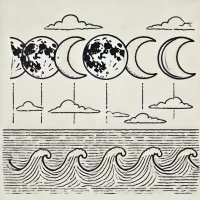
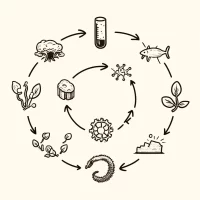
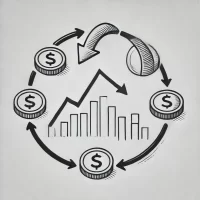
Most energy cycles follow a similar pattern:
Let’s look at how energy cycles manifest in different systems:
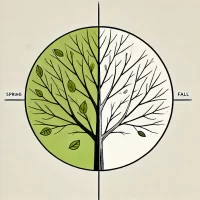

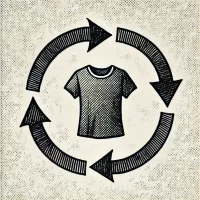
Understanding energy cycles helps us:
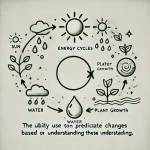
Predict Patterns: Anticipate changes before they happen
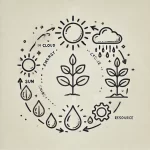
Optimize Resources: Allocate energy and resources more effectively
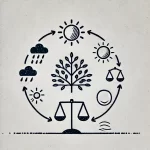
Maintain Balance: Work with natural rhythms instead of against them

Improve Efficiency: Time actions to align with favorable cycle phases

Ensure Sustainability: Protect systems from burnout or depletion
To better understand energy cycles in practice, try these three engaging activities that will help you observe and work with cycles in different systems:
Remember, Energy cycles are fundamental to how systems work, whether they’re natural or human-made.
By understanding these cycles, we can work more effectively with any system, making better decisions about when to act, when to rest, and how to maintain sustainable performance over time.
The Lion King serves as a masterful introduction to understanding energy cycles in natural systems.
Through its iconic “Circle of Life” sequence and rich storytelling, the film brings to life the complex concept of energy flow in ecosystems in a way that captivates young minds. As students follow Simba’s journey, they witness the intricate web of energy transfer from the African sun to the savanna’s grass, through the grazing herds, and ultimately to the lions.
The film powerfully demonstrates how disruption to this natural cycle – depicted through Scar’s mismanagement of the Pride Lands – can lead to devastating consequences for the entire ecosystem. When the balance of predator and prey is upset, students can observe how energy flows become disrupted, leading to resource depletion and environmental degradation.
This visual narrative of ecological interdependence helps students grasp not just the mechanics of energy cycles, but their fundamental importance to all life.
Verse 1:
Like the tides that ebb and flow
Energy waves come and go
Ninety minutes rise and fall
Nature’s rhythm calls to all
Pre-Chorus:
Listen to your body’s time
Morning peaks and midday decline
Evening surges, nightly rest
Working with these rhythms best
Chorus:
Ride the Energy Waves, don’t fight the flow
Peak and rest is how we grow
Like a surfer watching signs
Catch the moment when it shines
Verse 2:
Track your patterns day by day
When to work and when to sway
Honor both the high and low
That’s how natural power flows
(Pre-Chorus)
(Chorus)
Bridge:
In the space between the peaks
Lives the wisdom that we seek
Rest isn’t weakness, breaks make us strong
Dancing with these rhythms all day long
(Chorus)
Outro:
Ride the Energy Waves, now you know
How to move with nature’s flow
Remember, at QMAK, we don’t just teach; we empower. We don’t just inform; we inspire. We don’t just question; we act. Become a Gold Member, and let’s unlock your child’s full potential, one question at a time.